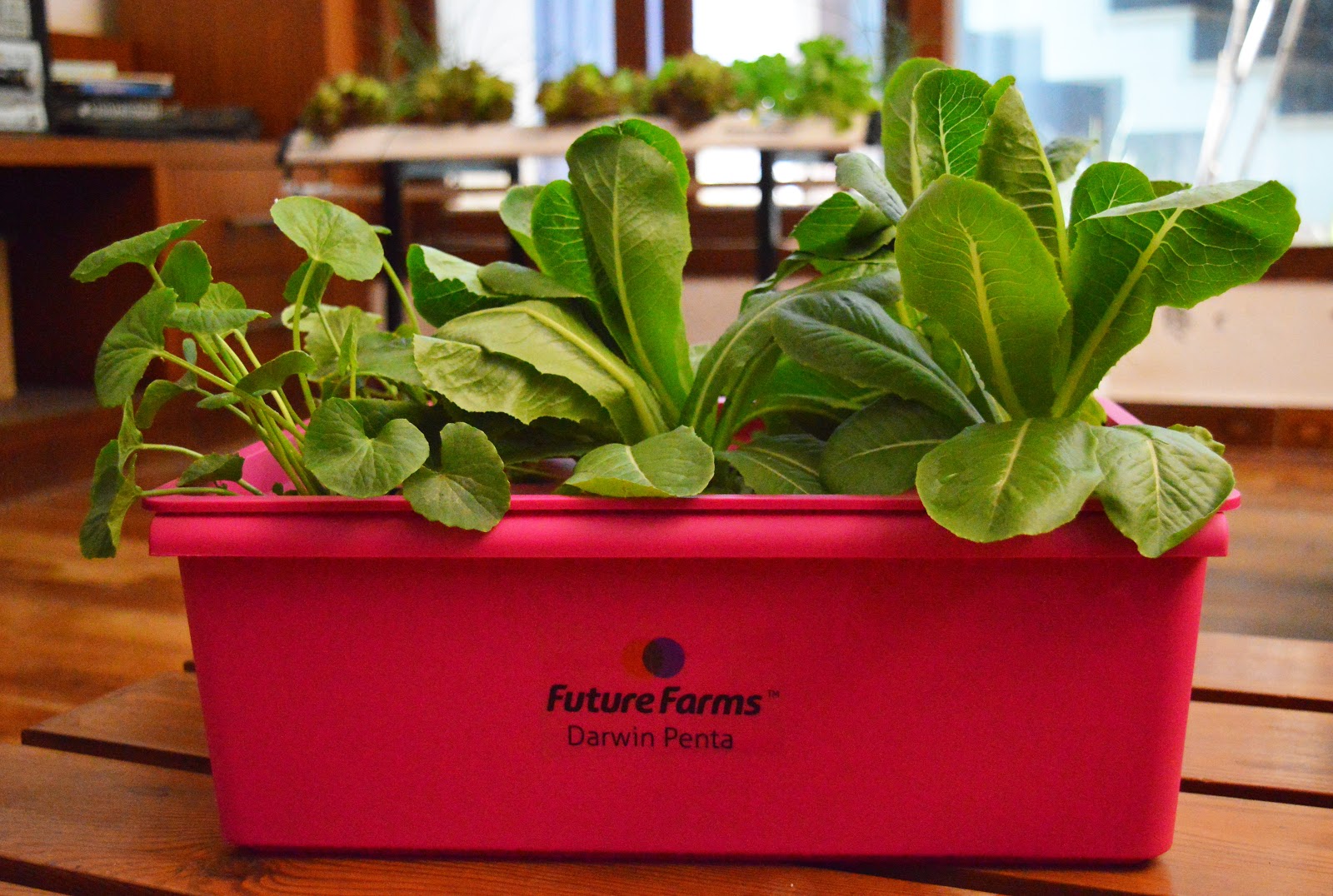
Types of Hydroponic Gardening Methods
Types of Hydroponic Gardening Methods
Since there are many different options when it comes to hydroponic systems, it can be hard to decide what method may work best for home hydroponics or commercial farming. Here’s a quick overview of some of the different types of hydroponic equipment and systems.
Nutrient Film Technique
One of the more intricate hydroponic arrangements is known as nutrient film technique (NFT). This also involves the use of a reservoir and pump system. The plants are situated in net pots that allow the root system to hang down, and these pots are aligned in a row down the center of a channel. The channel resembles a hollow tube with a flat bottom and holes in the top for the plants. The nutrient solution is pumped up from the reservoir to the top of the channel. The channel must be positioned at an angle so that the water flows over the lower tips of the roots and back into the reservoir. The flat bottom on the channel allows for an even layer of solution to cascade over its surface, feeding the root system on the way down.
Due to the size of the channels, NFT hydroponic systems work best for plants that have a small root system like leafy greens and herbs. NFT is the most scalable hydroponic system available which typically makes it a go-to method for commercial farming. At Future Farms, we have the Leaf Station Series for NFT home hydroponics.
Deep Water Culture
With Deep Water Culture (DWC) hydroponic systems, the plant’s roots are suspended in the nutrient solution and the air is provided directly to the roots with an air stone or diffuser. Plants are placed in net pots with growing media like light expanded clay aggregate (LECA) to help secure them.
DWC works well with almost all plants but is especially useful for growing large plants with extensive root systems like fruiting vegetables. The Future Farms Air Buckets Series is an ideal DWC solution for home hydroponics.
Wick Hydroponics
A wick system is basically a pot connected to a reservoir by a large wick that soaks up the nutrient solution and delivers it to the root system. As the root system absorbs the solution, more is pulled up from the reservoir below. The best media to use in a wick system is coco peat or perlite, as they have a high level of absorption and water retention. However, wick systems are more basic than other types of hydroponic systems and they have their drawbacks.
Unlike other mechanisms that deliver water to the root system, the wick method does not always provide enough water to completely saturate the media. So, even though wick systems are simple to use, they are best reserved for small plants or if you have limited space.
Aeroponics
Plants are suspended in the air and nutrient solution is sprayed over the plant’s root system. The nutrient solution is pumped into piping that’s fitted with mist nozzles. As the pressure builds the misters spray the plant’s roots and the solution falls back into the reservoir.
With the right setup, aeroponic hydroponic systems can grow just about any types of plant. The difficulty lies with making sure the mist nozzles are able to spray the entire root system. Aeroponic systems are fairly simple in design but can be expensive and tricky to put together, so they are not ideal for a beginner to hydroponics or for home hydroponics.
Drip System
A drip system is another more advanced hydroponic system. It has a reservoir system that utilizes an air pump to keep the reservoir solution moving and a nutrient pump that sends your solution up to the plants. In this case, the root system is not exposed. The plants are grown in your standard hydroponic medium like coco peat or vermiculite.
When the water is pumped up from the reservoir, it is fed to the plants through from hoses above the top layer of medium. The water literally drips from the hoses onto the medium and is controlled by a timer to go on and off at specific intervals. Set up can be complicated, so they should probably be reserved for more advanced hydroponic gardeners.
Ebb and Flow
In this hydroponic method, the plants are placed in large grow beds filled with growing medium. The grow bed is flooded with nutrient solution until it reached a certain point. A drain allows the water to only get a few inches below the top of the growing medium to keep it from overflowing. The pump is controlled by a timer which shuts the pump off after the grow bed has been flooded, to drain it completely.
These hydroponic systems work great for all types of plants including root vegetables. Ebb and Flow hydroponic systems are popular with home hydroponic gardeners.
In conclusion, it’s important to consider what plants you wish to grow and how much space you have available before choosing the ideal hydroponic system for your home hydroponic needs or commercial farming. At Future Farms, we cater to the needs of both and also supply hydroponic equipment for those looking to build their custom solutions!
